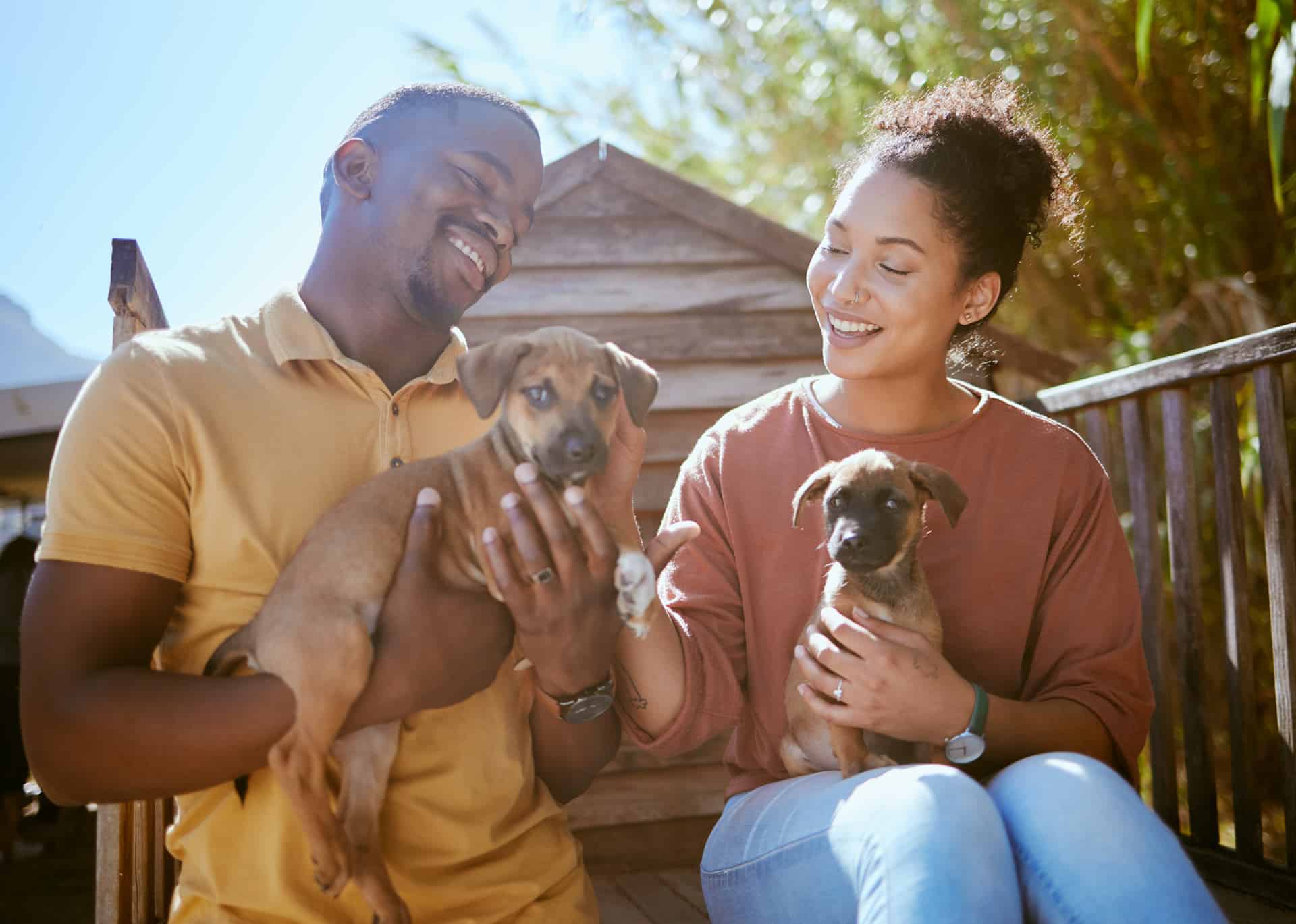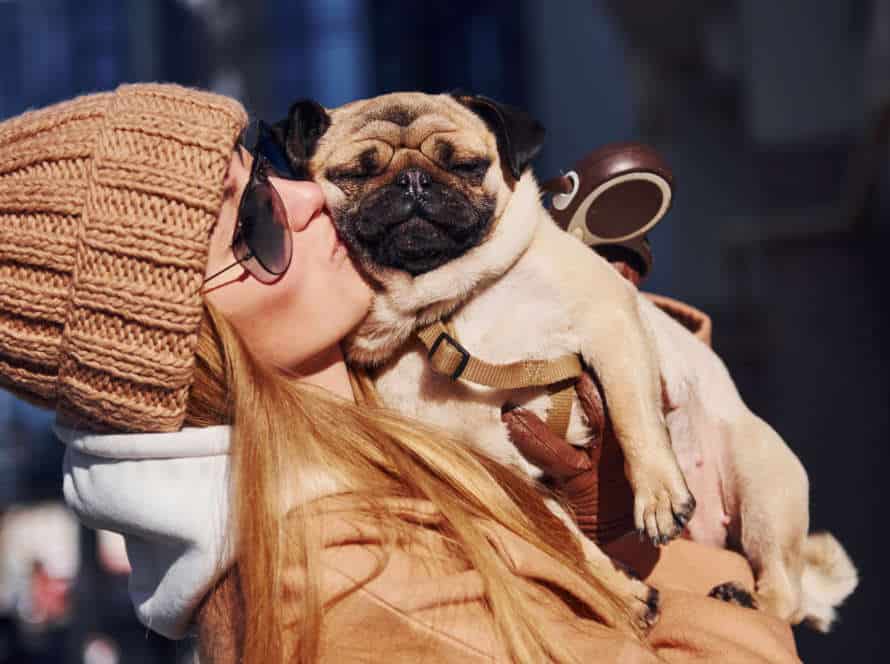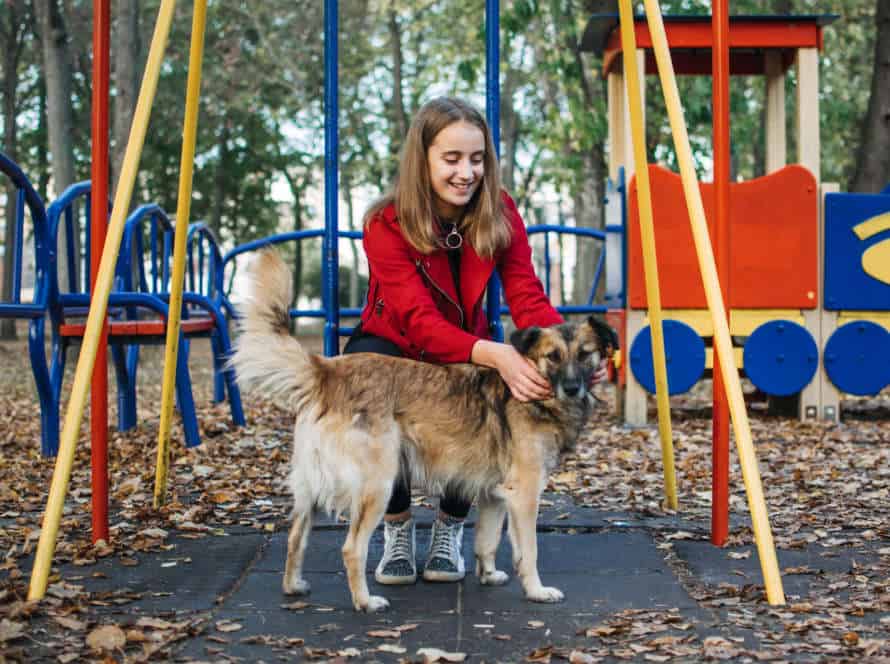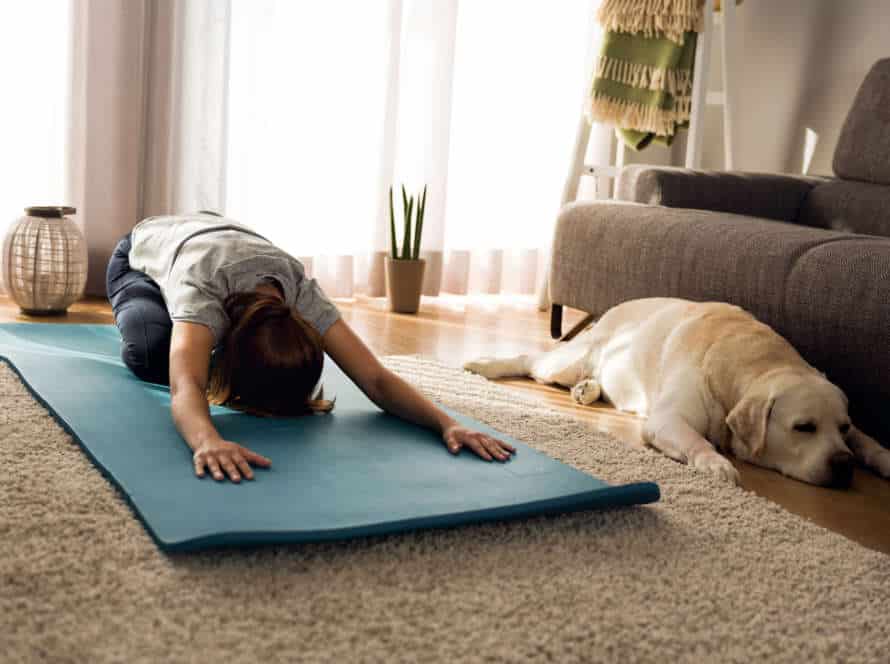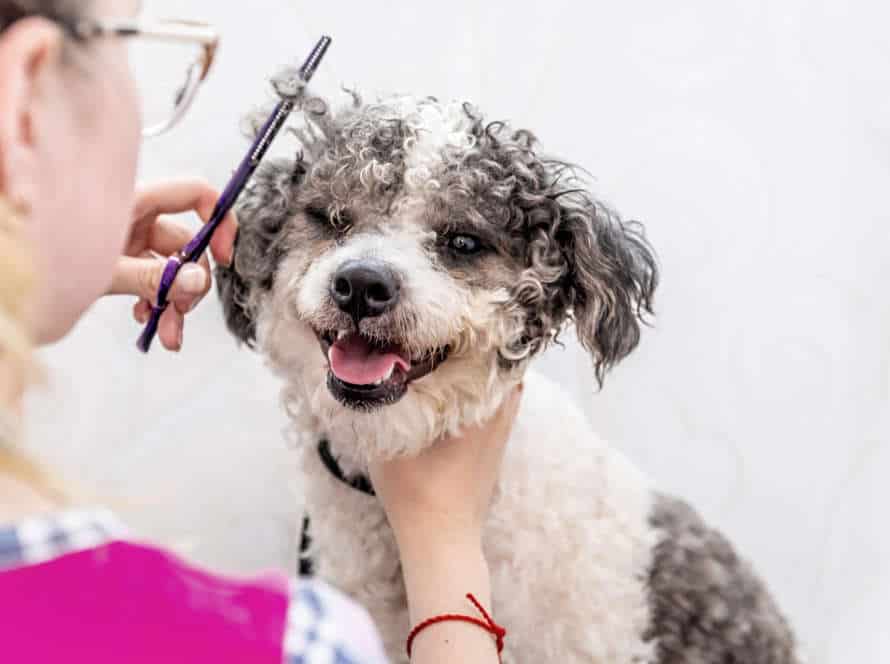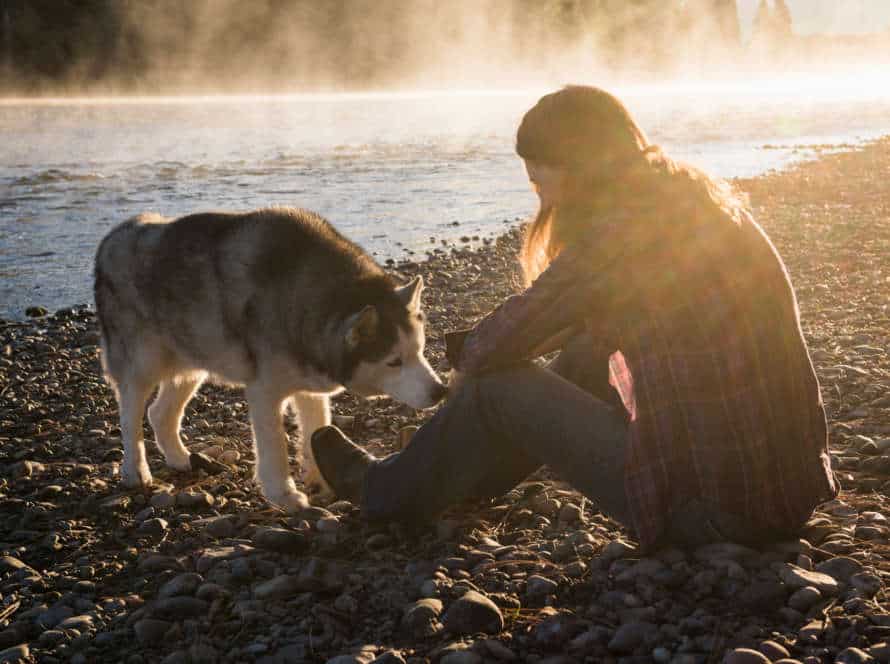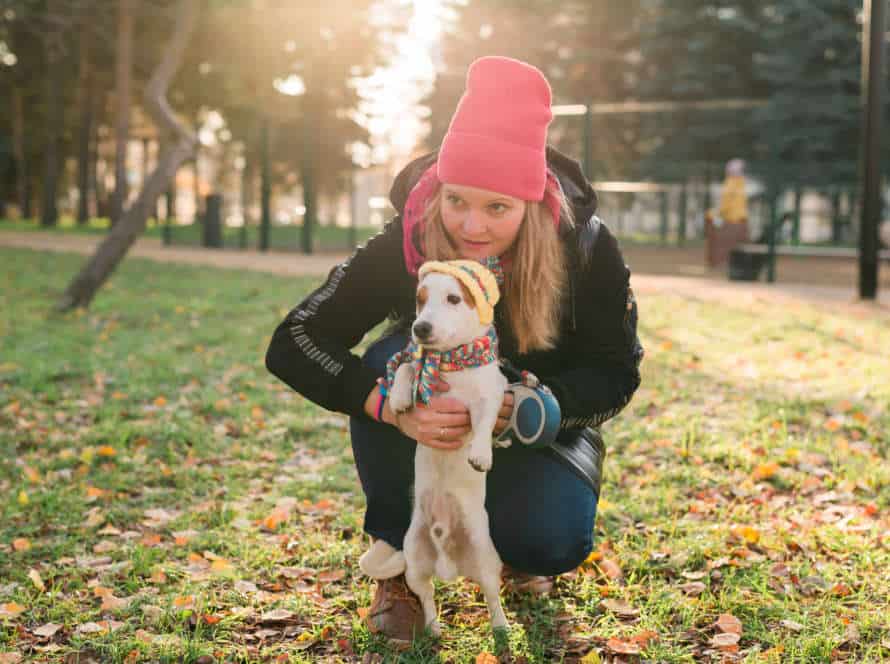Healing the Past: Building Trust with Rescued Dogs
Healing past trauma and building trust with rescued dogs is a gradual process. It needs patience, consistency, and understanding.
Here are some techniques to try:
- Give the dog space and time to adjust.
- Care for them, feed them, train them consistently.
- Use positive reinforcement to build trust and set boundaries.
- Bond with the dog through activities like walking, playing, and grooming.
- Be patient and understanding; they may have trust issues due to past trauma.
With love and patience, even the most fearful dogs can trust and form a bond.
Pro tip: Get professional help from a dog behaviorist or trainer when getting a rescued dog.
Understanding the Trauma of Rescued Dogs
Rescued dogs can have behavioral issues from the trauma in their past. It’s important to understand these issues. To gain trust with a rescued dog, it’s essential to learn of their history and present state of mind. This can help build a stronger bond. Educate yourself on the best ways to create a trusting relationship with a scared or damaged dog. With understanding comes trust.
Common types of trauma in rescued dogs
Rescued dogs can come with trauma. These are the most common types:
- Neglect: Dogs may have difficulty bonding if they have been neglected.
- Abuse: Fear, aggression or submissiveness towards humans/animals can be from abuse.
- Separation anxiety: If abandoned or surrendered, destructive behavior when left alone can occur.
- Lack of socialization: Not socialized with others, fear or aggression can show.
Training, socializing, patience and love can help these dogs recover and become happy pets.
The impact of trauma on a dog’s behavior and ability to trust
Trauma can have a major effect on a pup’s actions and confidence, especially when they were saved from a bad experience.
Common signs of trauma are fear, aggression, anxiousness about being apart, and having trouble adjusting to new places and people.
To assist your adopted pup to recover from trauma and gain trust, it’s essential to:
- set up a routine
- a secure and safe atmosphere
- show them patience, consistency, and rewards for good behavior.
Exposing them gently to new people, places, and events can help them conquer their fears and gain courage.
Pro tip: Ask a professional animal behaviorist or instructor for assistance and advice to help your adopted pup get past trauma and build a trusting bond with you.
Signs of trauma in dogs and how to recognize them
Dogs can suffer trauma due to various causes, such as abuse, neglect, abandonment and more. Here are some signs to watch out for:
- Aggression or overreaction – Fear and anxiety can cause dogs to become aggressive or to overreact to situations.
- Lethargy or avoidance – Traumatized dogs may avoid interactions or socialization, or seem depressed and lethargic.
- Hypervigilance – Dogs may get easily startled or fearful and become hyper-alert and anxious.
- Sudden appetite changes – Trauma can affect a dog’s eating habits, making them picky eaters or stop eating altogether.
- Excessive grooming – Stressed dogs may start over-grooming and damage their skin and fur.
To help traumatized dogs recover and build trust, consult a veterinarian, provide a safe and comfortable environment, and get professional training help.
Strategies for Building Trust with Rescued Dogs
Creating trust with a rescued pup can be a tough task. They may have gone through traumatic events that have left them afraid and doubtful of humans. But, with the correct tactics, you can fabricate an atmosphere that brings out their best side and assists them in healing from their past. Let’s check out some of the greatest strategies to build trust with saved dogs.
Creating a safe environment for the dog
Creating a secure space for your newly rescued pup is key to build a bond and aid in their healing from past damage. Here are some ideas that you can try:
- Provide them a special spot – Rescued dogs feel safer when they have a place that’s all theirs.
- Stick to a routine – Dogs who have been rescued benefit from a consistent schedule of meals, walking and playing.
- Reward good behavior – Use positive reinforcement tactics to reward good actions, helping your pup to trust you more.
- Stay patient – Recovering from trauma takes time. Show patience with your pup and learn how to interpret their body language to understand what they need.
By making a secure, encouraging environment for your rescued pet, you can help them build trust and feel safe in their new home.
Using positive reinforcement techniques to establish trust
Developing trust with a rescued pup is a must for their recovery. Positive reinforcement techniques can help you do this. Here are some tips:
- Be consistent and have patience in your interaction.
- Reward good behavior with treats and praise, showing them they’re safe with you.
- Set up a routine for their meals, exercise and playtime, to give them a feeling of protection and certainty.
- Respect their limits and give them space when they need it.
- Create a tranquil and comfy spot, like a crate or a special area in the house.
By using positive reinforcement, you can make your rescued pup feel adored, protected and build a trusting relationship with them.
Socializing the dog with other dogs and people
Socializing rescued dogs is important for their trust and healing. Go slow and make sure your pup feels secure. Here are tips to socialize your rescued dog:
- Begin with one-on-one interactions with calm and non-threatening dogs and people.
- Keep the dog on a leash and under your control.
- Reward good behaviors with treats and praise.
- Increase the intensity of social interactions slowly.
- Don’t overwhelm the pup with too many stimuli.
- Be patient and let the dog set the pace and decide when they’re ready to socialize more.
Training Techniques for Rescued Dogs
Rescued dogs can be both a blessing and a heartache. They may have been through abuse or neglect. This can make them hard to train. But, with understanding of their past and working with them, progress can be made. To build trust and a good relationship with a rescued pup, let’s look at some training techniques.
Basic obedience training to improve trust and communication
Basic obedience training can help strengthen the relationship between a rescued pup and its owner. To start the healing process and build trust, try these tactics:
- Positive reinforcement: Treats, compliments and cuddles can be used to reward good behavior.
- Consistency: Create regular routines to make the pet feel safe.
- Patience: Give your pup time as they may have had a traumatic past.
- Commands: Teach them basic words like ‘sit’, ‘stay’, ‘come’ and ‘heel’.
By putting these steps into practice, a strong bond can be formed. It might take time and effort, but with a bit of patience and perseverance, the connection will be loving and long-lasting.
Counter-conditioning techniques to help the dog overcome fear and anxiety
Counter-conditioning is a powerful tool for helping dogs overcome fear and anxiety. By changing the dog’s response to a previously scary situation, positive experiences are linked with it. Here are some counter-conditioning techniques that can help rescued dogs trust again:
- Desensitization: Gradually expose the dog to the feared stimulus in a small and controlled setting. Reward calm behavior, and increase the intensity of the exposure over time.
- Positive Reinforcement: Link the feared stimulus with something the dog values, such as treats, praise, or playtime.
- Clicker Training: Mark the dog’s behavior with a clicker and reinforce positive associations with the feared stimulus.
- Classical Conditioning: Pair the feared stimulus with something the dog already enjoys, such as mealtime or walks outside.
Be patient, consistent and understanding with your rescued dog. Building trust takes time, but is essential for their emotional wellbeing and overall happiness.
Desensitization techniques to help the dog gradually overcome triggers
Desensitization techniques can help rescued dogs combat triggers that cause them to react negatively. If your pup has a traumatic past, they may have triggers that influence their moods and lifestyle. So, here are some tips on desensitizing them:
- Identify the triggers that upset your dog.
- Create a program that gradually exposes your dog to the triggers in a safe environment.
- Begin with a low level of exposure, increasing it gradually as your dog gets used to it.
- Give treats or snuggles when they show a positive response or good behavior.
- Keep repeating this process until your dog is desensitized.
- Be patient, consistent, and kind. It takes time and effort for them to get over triggers and trauma.
The Importance of Patience and Persistence
Working with a rescue dog can be a fulfilling experience. However, it needs lots of patience, consistency, and persistence. Trusting your pup is vital to making a bond and it takes time. To help you realize the importance of these qualities when working with your rescue pup, let’s examine how patience and persistence are advantageous.
Recognizing that building trust with a rescued dog takes time
Rescuing a pup can be great! But, you have to understand it takes time and patience to gain the trust of a rescued dog. They usually come from difficult pasts and have trust issues that must be handled. Here’s what you can do:
- Be patient and steady.
- Use positive reinforcement for good behavior.
- Respect their boundaries and don’t rush them.
- Set up a routine for your pup.
- Understand that gaining trust may take months or even years- but it’s worth it in the end!
The benefits of patience and persistence in the training process
Training a rescued pup can be a tough, yet rewarding experience. Patience and persistence are two must-haves for owners to gain trust and confidence. These two qualities have multiple benefits.
- Firstly, increases bonding. Being consistent and having patience helps build a strong bond.
- Secondly, enhances behavior. Persistence and correct training make the pup’s learning process easier, resulting in better behavior.
- Thirdly, develops positive energy. Consistency and patience help create a positive learning environment, making training sessions enjoyable.
- Lastly, results in a well-trained pup. Patience and consistency in training equals a pup with good socialization and obedience.
Remember, pup training is an ongoing process. The more patience and persistence, the more successful the training!
Tips for staying motivated and committed to the training process
It can be hard to stay committed to training a dog that’s been through trauma. But with patience and persistence, you can build trust! Here’s how to stay motivated:
- Set small goals. Break down the training process into tiny, achievable aims.
- Celebrate small successes. When your dog responds to a new command, take time to celebrate!
- Take rests. It’s okay to take a break and give yourself and your pup time to relax.
- Seek advice. Look to other dog owners or a professional trainer for help if you need it.
Be consistent and stay positive. You’ll be surprised how far you and your pup will go!
Frequently Asked Questions
Q: Is it possible to help a rescued dog overcome past trauma and build trust?
A: Yes, it is possible to help a rescued dog heal from past trauma and build trust with patience, consistency and positive reinforcement training.
Q: How long does it take to build trust with a rescued dog?
A: Building trust with a rescued dog can take weeks, months or even years depending on their past experiences and temperament. It is important to be patient and to work at the dog’s pace.
Q: What are some common signs that a rescued dog is starting to trust you?
A: Some common signs that a rescued dog is starting to trust you include seeking physical contact, relaxed body language, wagging tail, giving puppy eyes or coming to you for comfort.
Q: Can you build trust with a rescued dog by giving them treats?
A: Yes, positive reinforcement training using treats can be a helpful tool in building trust with a rescued dog. However, it is important to use treats in moderation and to also provide positive reinforcement through praise and affection.
Q: What should I do if a rescued dog is not responding to my efforts to build trust?
A: If a rescued dog is not responding to your efforts to build trust, it is important to seek professional advice and guidance from a reputable dog trainer or behaviorist.
Q: How can I support the healing process of a rescued dog?
A: You can support the healing process of a rescued dog by providing a safe and secure environment, establishing routine, providing plenty of exercise and mental stimulation, offering positive reinforcement training and plenty of love and affection.

